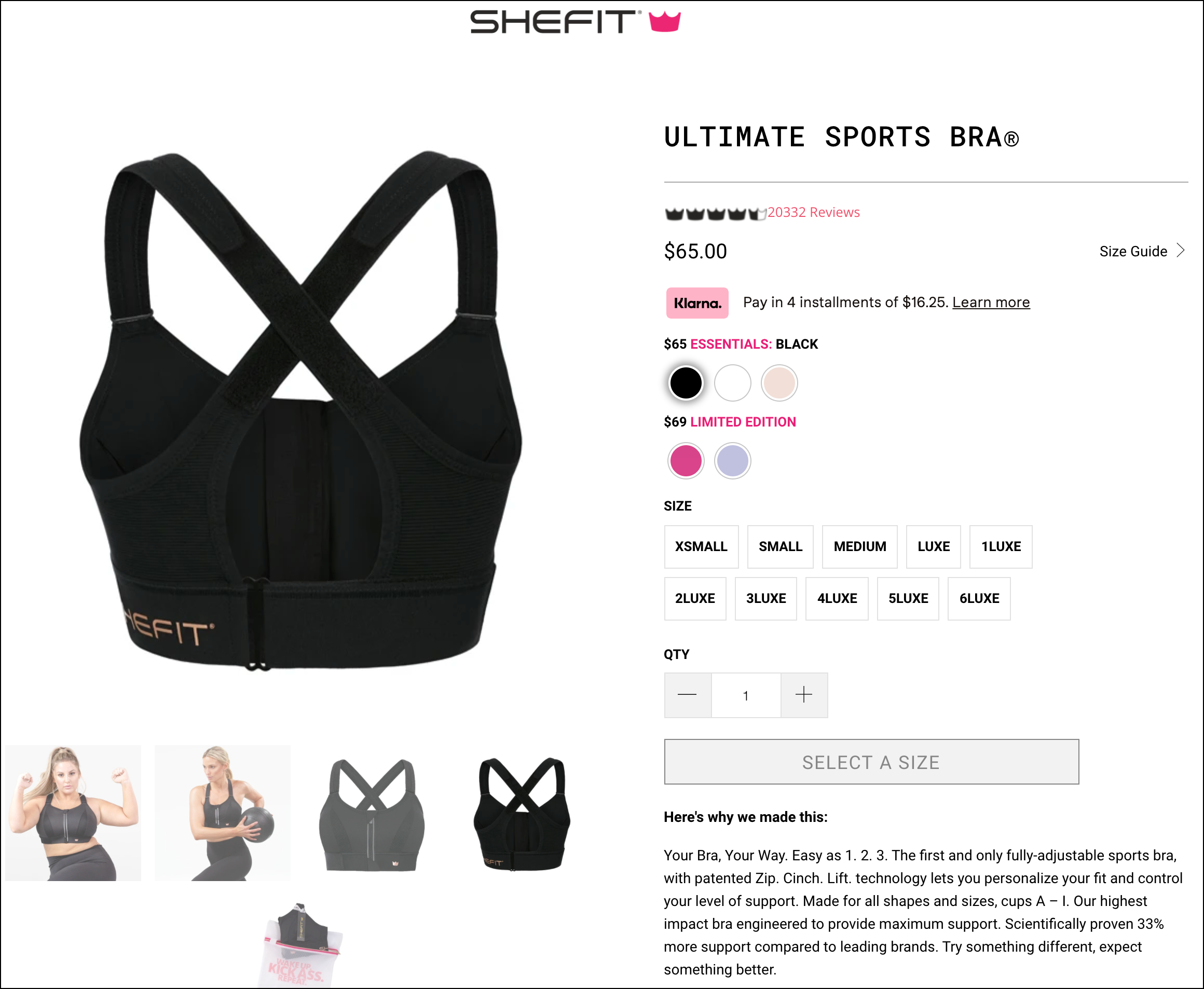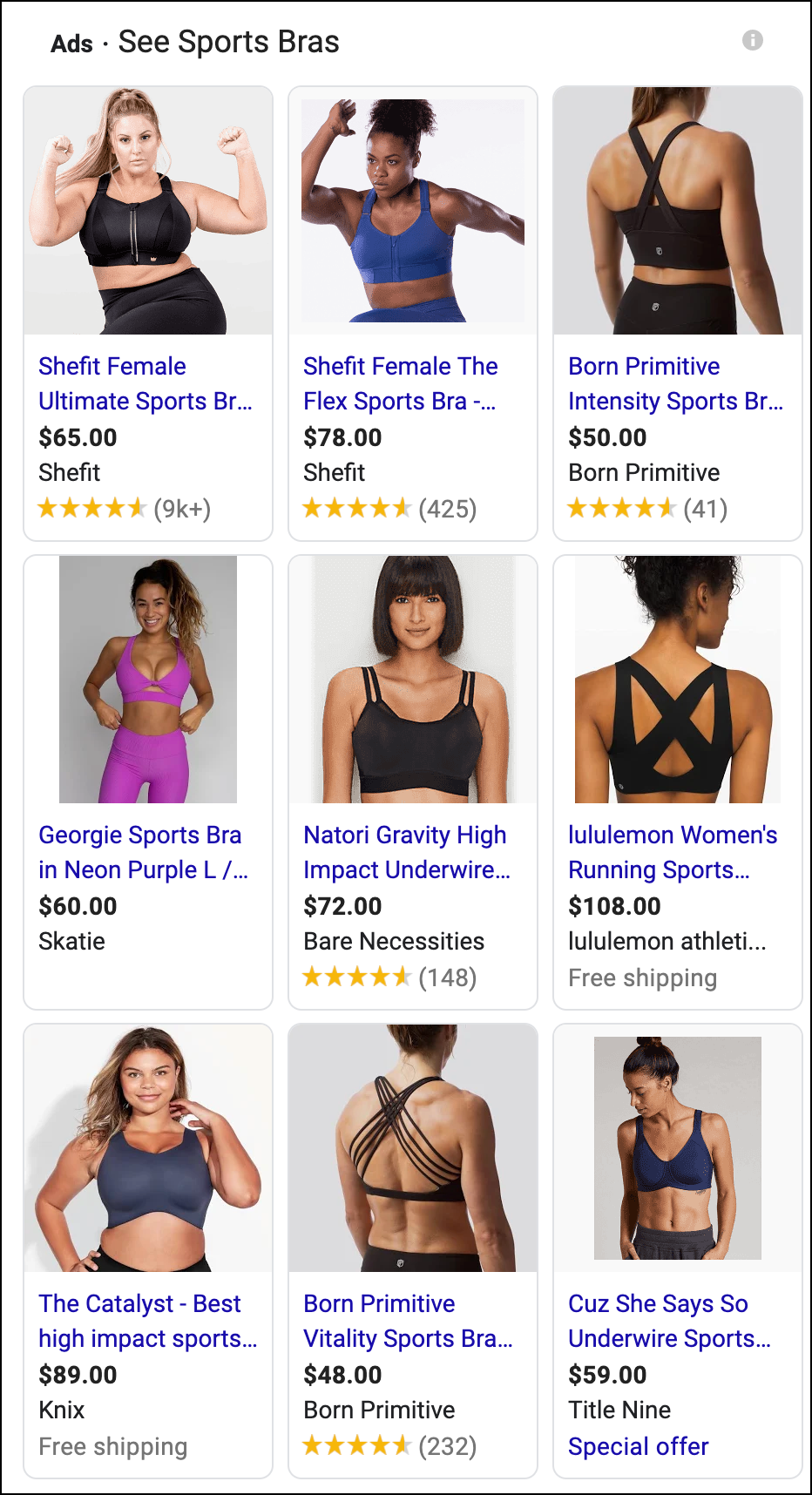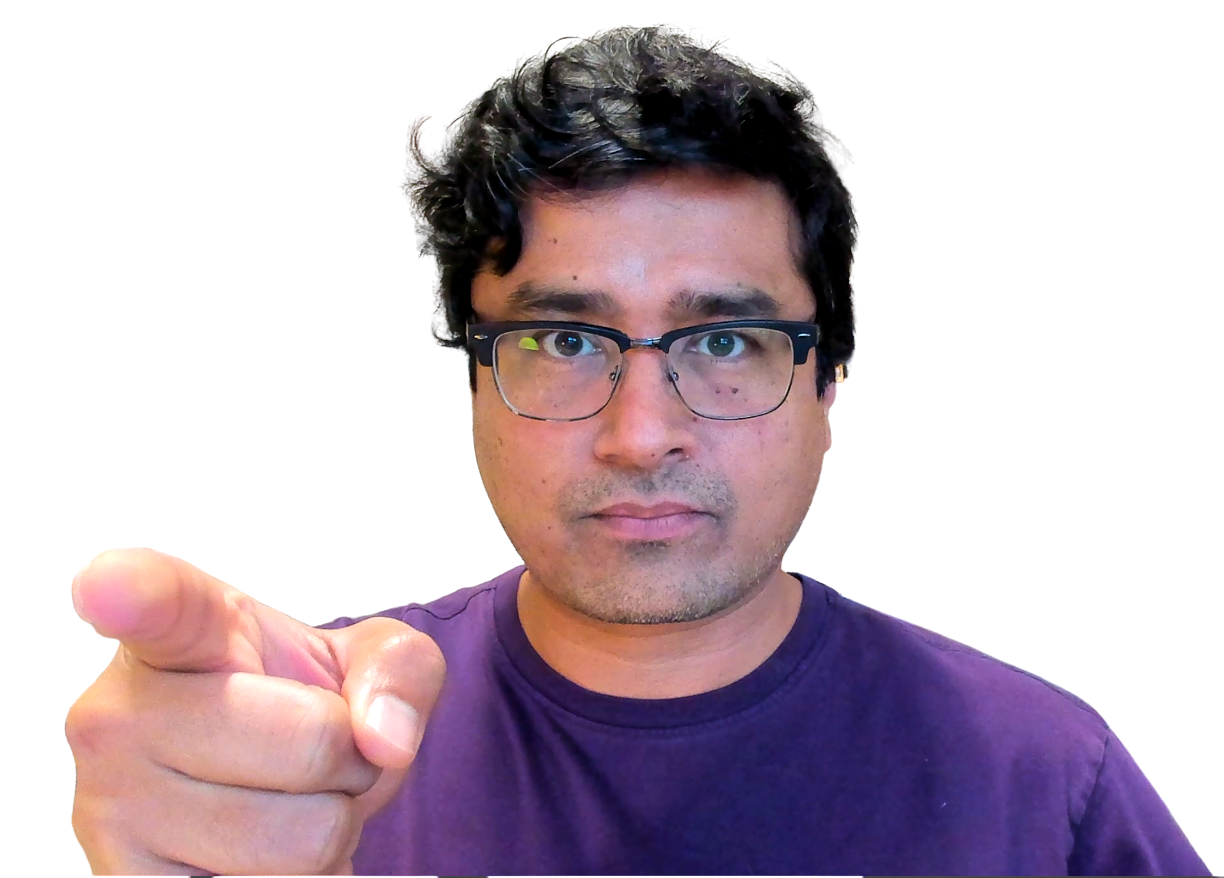Blog
CRO Without User Research: Making Guesses About Your Buyer
As marketers, we’re constantly on the lookout for conversion optimization hacks and techniques.
Over the last 14 years, we’re A/B tested every conversion optimization trick under the sun. Many of them have worked really well. The technique we’re going to reveal in this article is going to massively improve your conversion rates.
People buy when their circumstances change. Something’s happening in their world that is pushing them forward.
The marketer who is crafting the marketing strategy isn’t typically the buyer. So, in order to understand the actual shopper we need to get into their head. We need to Sherlock Holmes the situation.
The question you are exploring is: what can I guess about this buyer?
Note: In the first part of this article we’re showing a written example for making guesses about your buyer. But there is also a video explanation towards the end of this article.
2 Types of Guesses
Obvious Guesses
Let’s explore this by looking at an example. SHEFIT.com (not a client, yet) sell a performance workout bra. Screenshot of their best selling product page:

Some obvious guesses about the buyer:
— It’s a she
— She is into working out
— She either doesn’t own a sports bra -or- is in the process of firing her current brand. Either way, she’s not happy about her current solution.
— She is looking for superior support (that’s theUSPfor this product)
Creative Guesses
Now we’re going to make creative guesses about our buyer. These guesses could be right; they might be wrong. It’s a refinement process.
Looking at that same example, here are some creative guesses:
— In our Google search for “sports bra” we see these ads:

If you look at the price points listed in the screenshot above you’ll see Shefit’s price of $65 is middle of the range. It isn’t the $108 of lululemon and it isn’t the $48 of Born Primitive. Therefore, it’s reasonable to assume our shopper is looking for value for money.
— She is someone who values physical health. By extension, she cares about her body image. This statement doesn’t have to be 100% true, but it’s a reasonable theory.
— lululemon or Title Nine are well-known big brands. Shefit isn’t as famous. This means our buyer is willing to work with a brand that isn’t a household name yet. This could also suggest she likes the idea of supporting newcomers/new entrants.
Using these behavioral cues you can start drafting a story. An example:
Say “Hi” to your new workout buddy
Sorry we couldn’t meet earlier
High-impact activities like running and cross-training are such an important part of a balanced lifestyle. It’s who you are.
Men have it easy. But breasts weren’t designed for rapid body movements.
On top of that, your support needs are different than mine.
Add to that challenge of buying a sports bra online.
This is why you’re going to love our ultimate sports bra.
1″ wide non-stretch, shoulder straps with 15″ of adjustability for your desired vertical lift.
Additionally, a 2-way wear strap configuration (X-back or H-back) for individualized comfort and support.
Our goal, from day 1, was to create a support bra that didn’t compromise but was also priced just right. Making a bra for $108 is easy. Making one for $65 that performs like it’s $108 took a lot of work. 85 different material prototypes. Not a fun process.
We may not have the marketing budget of (you know who) but we’re gradually building a following (20,429 reviews for this bra).
This is our first draft. It isn’t perfect. But as we keep working on it, it’ll get 4x better.
Making Guesses About Your Buyer Video Explanation
Clicking the video below will play it from the 8:07 marker and that’s when I describe how we made obvious and creative guesses on CROSSNET without talking to even one of their buyers. Here’s the video:
Next Steps
We hope we’ve been able to convince you that user research, while extremely valuable, isn’t the only path to success. We assume you landed on this Making Guesses About Your Buyer article via our Conversion Copywriting Without User Research article. If so click here to return to where you left off.
However, if this is the first page you are seeing on our site we have a special surprise. Introducing the most important article we’ve ever written: Marketing Secrets.




Comments 3
I find the leaps of imagination bit extremely interesting. Thanks for sharing!
ReplyI love how Rishi reverse engineers his way into optimizing conversions here
Would be great to build frameworks and more use cases on this method then test them in the wild
Love it!
ReplyRishi Rawat
Thanks, Faisal. If and when I build my course I’ll be sure to include lots of use cases.
Reply